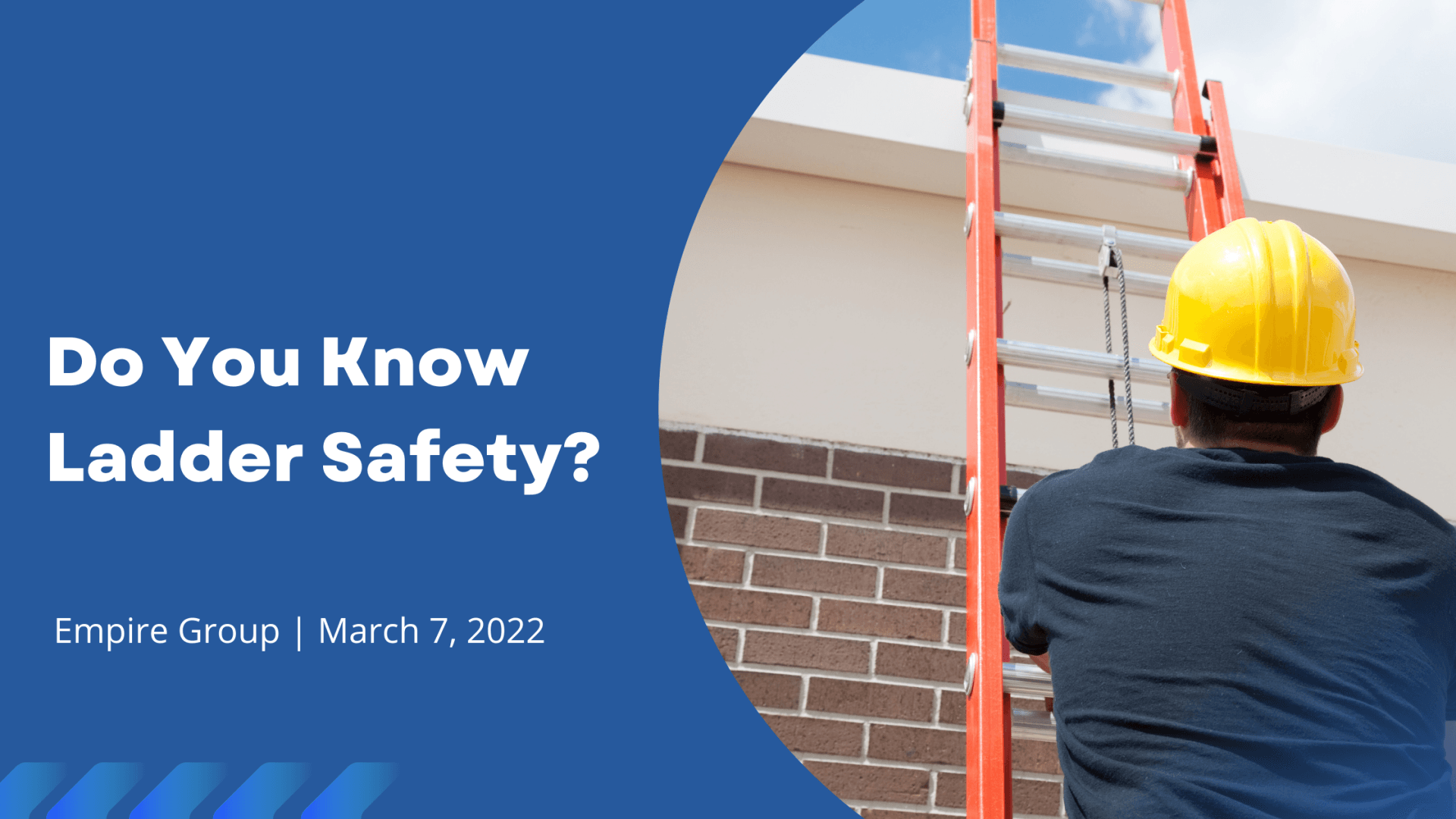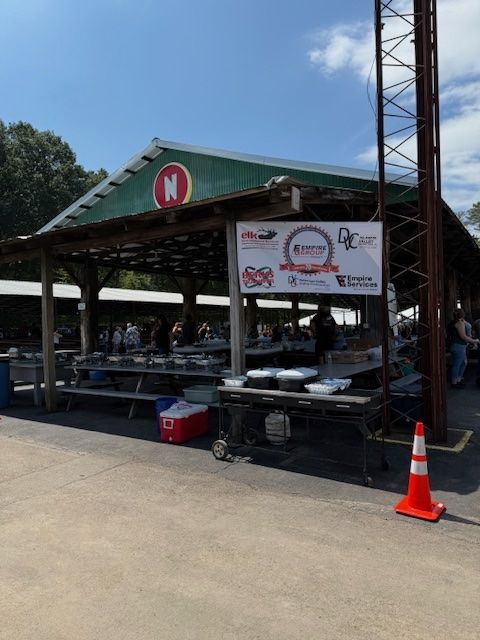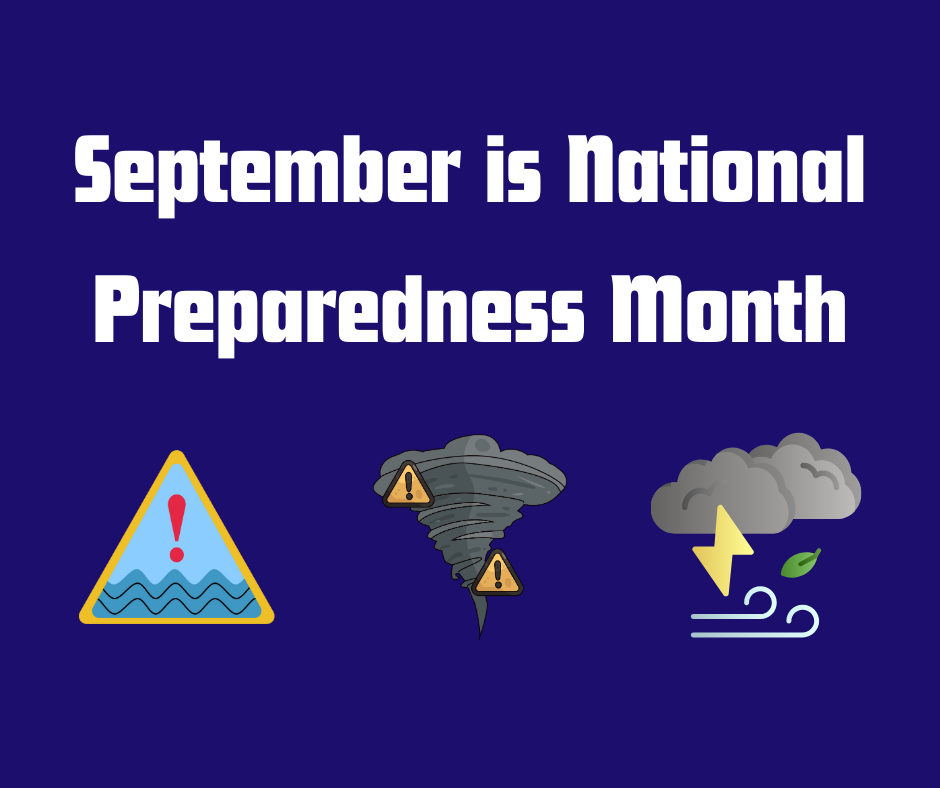
March is National Ladder Safety Month. Whether you are in construction or maintenance, improper use of a ladder can lead to injuries, death and even property damage. Ladders come in a variety of shapes and sizes, and it’s tempting to use one ladder for several purposes. According to the World Health Organization, nearly 650,000 individuals die from falls globally each year. In the U.S. alone, there are over 160,000 trips to the emergency room to treat injuries sustained from falling off a ladder each year. The most common are broken backs, broken bones, and head injuries. To avoid costly medical bills, OSHA fines, and reducing your productivity, following ladder safety rules is a must.
The Different Types of Ladders
As mentioned above, there are many types of ladders. Although it may be expensive to have different ladders at your workplace, the cost far outweighs the money spent to get an employee back to work, as well as repair any property damage caused by the fall. There are 14 different types of ladders, including step, extension, telescoping, warehouse, and A-frame. Each one with a specific purpose and should be properly maintained. Safety starts with knowledge; knowing which ladder to use and using it correctly.
Are You Following the Rules?
Ladder safety must be practiced every day.
- Never leave a ladder unattended. When not in use, place ladder on the ground or put away.
- Maintain a 3-point contact (two hands and one foot or two feet and one hand) contact on a ladder when climbing.
- Never hold tools or other items while climbing.
- Keep your body near the middle of the step.
- Face the ladder when climbing.
- Use the correct ladder and accessories for the designed purpose.
- Make sure the ladder is free of any slippery material or substance on the rungs, steps, or feet.
- Do not use a self-supporting ladder as a single ladder.
- Do not use the top rung/step on a ladder as a rung/step (unless it is designed that way).
- Use the ladder on a stable, level, and non-slick surface.
- Never place a ladder in front of a door that is not locked or secured.
- Tie or fasten a ladder to provide longer sections (unless it is designed for that purpose).
- Never use a ladder that was exposed to strong chemicals or fire since they can leave residual damage or corrosion, which are undetected during use.
- Never exceed the maximum load rating.
Safety is a top priority at Empire Group. Our crews must go through extensive compliance training to remain safe on a job. Elk Environmental Services, an Empire Group affiliate, offers over 40 training programs with experienced trainers to ensure those taking our trainings receive their certifications as well as the latest safety practices. Contact us today to learn more!










